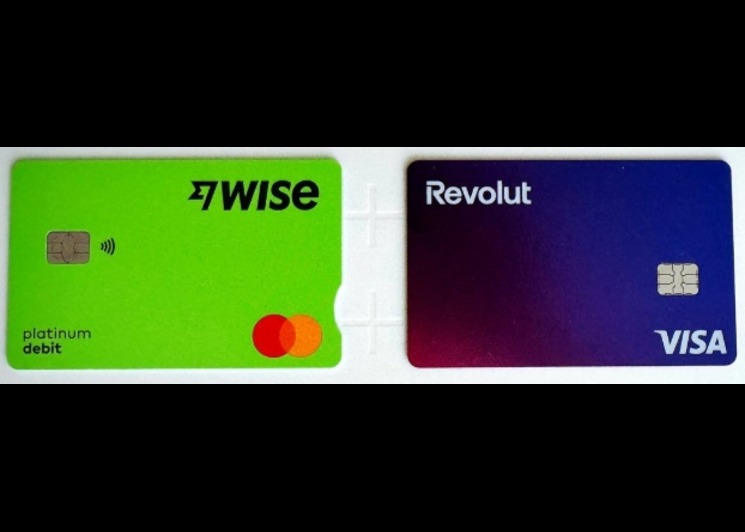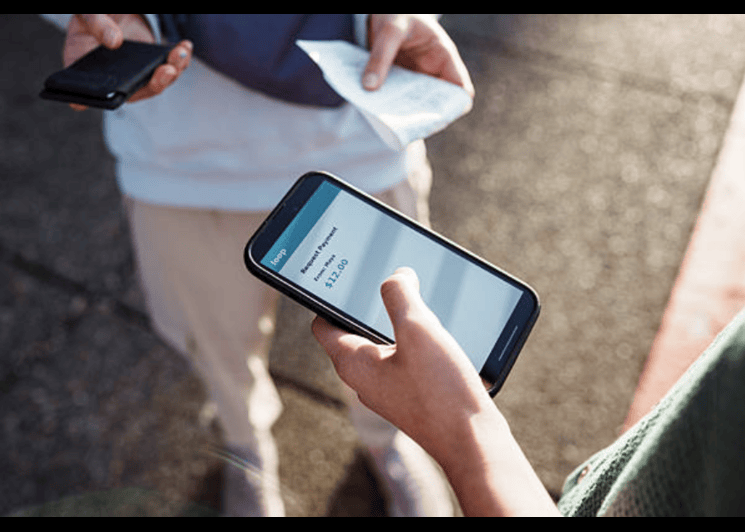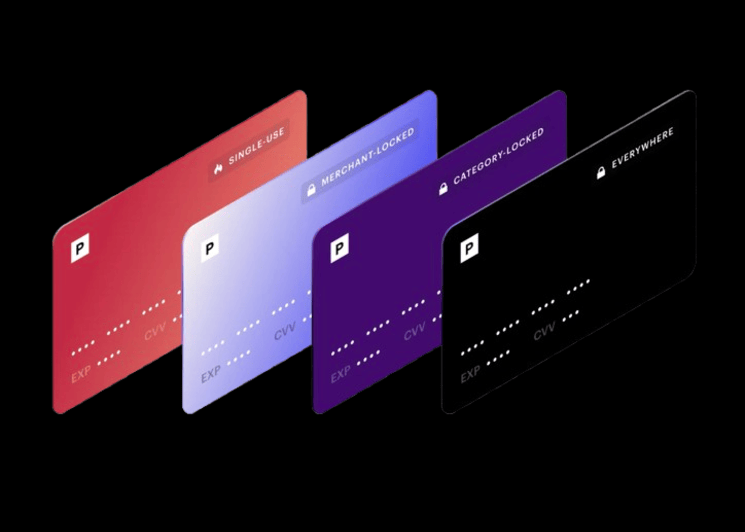Travel Budget Tips Using Virtual Cards

Trips go over budget when spending hides in one big card bill.
Planning your travel budget carefully before departure helps prevent surprises and keeps your spending in check. With virtual cards, you stay in control, even if plans change. Virtual cards make travel budget clear and simple. Create one card for flights, one for hotels, one for food, and one for local transport. Set caps that match each plan. Lock cards to the right merchants. Turn on real-time alerts. Freeze and replace a card in seconds if needed.
Here, we will show you practical steps that work for weekend breaks and long trips. You will see how to handle hotel holds, refunds, and currency fees in local currency. You will also see how using Bycard virtual cards help you reduce overspending and keeps your travel budget under control.
Why use virtual cards for travel
Virtual cards fix this. You create multiple cards in minutes. You cap each one. You lock cards to hotels, airlines, or food apps. You get instant alerts. You can freeze and replace a card on the spot. That keeps costs clear and fraud small. Keep it simple. Plan your total travel budget with these buckets.
- Transport, flights, trains, taxis, fuel
- Stay, hotels, rentals, resort fees, deposits
- Food, restaurants, groceries, delivery
- Activities, tours, tickets, data SIMs, gifts
Add a 10 to 15 percent buffer for surprises. Now create a virtual card for each bucket and set the cap to match. This way, you avoid surprises that could quickly lead to overspending on your trip. Tracking your expenses in local currency ensures your travel budget stays accurate even with fluctuating rates. Each card helps prevent overspending, so you can never accidentally blow past your limits
Quick example, 7 nights in Lisbon
- Transport, 600
- Stay, 900
- Food, 350
- Activities, 250
- Buffer, 300
- Trip total: 2,400.
Notice how each category is capped. By separating spend this way, you see early if food costs spike or if transport eats too much of your travel budget. Keeping the travel budget updated daily helps prevent overspending, especially when prices fluctuate in local currency.
Name your cards like LIS-Transport, LIS-Stay, and so on. Set them to expire the day you fly home.
Use the “card-per-category” system
Treat each virtual card like a digital envelope.
- Flights and trains
Lock this card to airlines, rail sites, or OTAs. Raise the cap on booking day, then lower it. Save the record locator with the card name in your notes. - Hotels and rentals
Many hotels place holds for incidentals. Use a dedicated card with a higher limit. Lower it after check-in. Expect a pre-authorization. Ask the front desk for the hold amount. Keep that cushion on your Stay card until checkout. Paying in local currency can prevent unnecessary fees and keep your travel budget aligned. - Food
Lock to restaurants, delivery apps, and supermarkets. Small cap. Daily alerts help prevent overspending. - Local transport
Rideshare, transit passes, car share. Add a small weekly cap. Rental firms often require higher holds. Use a separate card just for the deposit and fuel charges - Activities
Tours, museums, event tickets. Turn on alerts for the first charge at any new merchant. - Refunds
Keep the card active until refunds post. Close it after you see the credit.
You now see where money goes in real time. No end-of-month shock.
Spend smarter each day
- Add your virtual cards to Apple Pay or Google Wallet. Tap to pay where possible.
- Use the Food card for meals. You see daily burn at a glance.
- Buy transit passes with the Transport card.
- Pay tours and tickets with the Activities card. Screenshot confirmations.
This daily breakdown ensures that each purchase is tracked against its proper travel budget category, and you can easily compare costs in local currency with what you initially planned. Seeing your travel budget at a glance reduces stress and helps stop overspending before it happens.
Avoid hidden fees abroad
- Choose local currency at checkout. Say no to dynamic currency conversion.
- Use cards with low or zero FX fees when possible.
- Add a 5 to 10 percent FX cushion to your caps if your card charges conversion fees.
- Turn on travel alerts. Watch for foreign charges after you return.
- Whenever possible, pay in local currency to keep your travel budget aligned with real costs and avoid inflated exchange rates.
- Watching fees in local currency also prevents hidden charges that can sabotage your travel budget and lead to overspending.
Safety checklist for travelers
- Use an authenticator app for your accounts. Avoid SMS codes.
- Never share one-time codes by text or chat.
- Update your phone and laptop before the trip.
- Avoid public Wi-Fi for payments. Use a hotspot if you can.
- Turn on alerts for first charge at a new merchant, amount spikes, and clusters of declines.
- See a strange charge, freeze first, review next.
When to use a physical card or cash
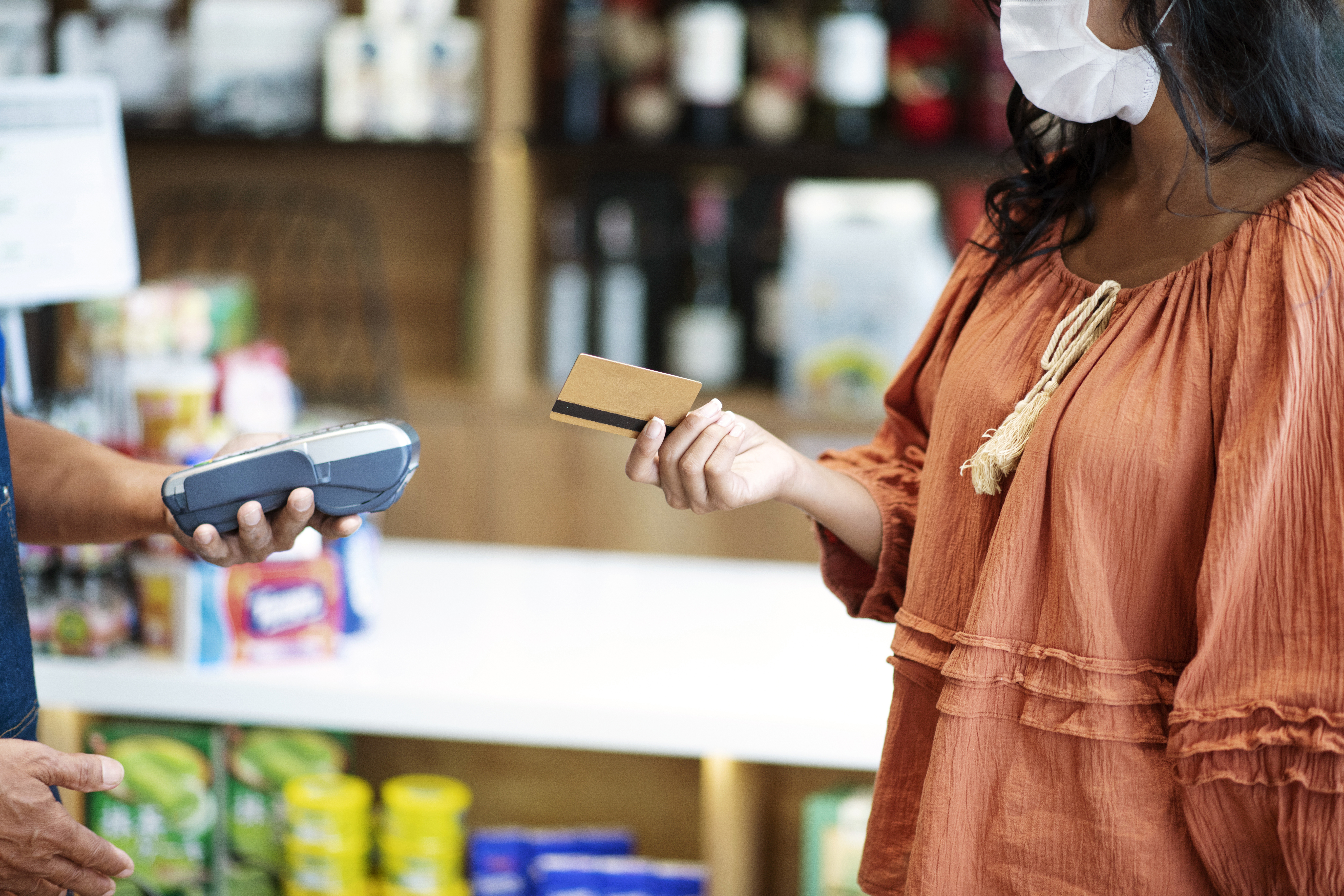
Virtual cards cover most cases. A backup helps.
- Offline terminals or old POS may reject wallets. Use a physical card.
- Deposits with very high holds, for example some rentals, may need a physical card.
- Cash-only shops still exist. Carry a small amount.
Keeping both virtual cards and a physical backup ensures your travel budget isn’t derailed if a payment fails. Separating them also lowers the risk of losing all payment options at once. Carrying a small amount of local currency ensures that minor cash purchases won’t upset your travel budget, preventing accidental overspending.
How Bycard helps travelers
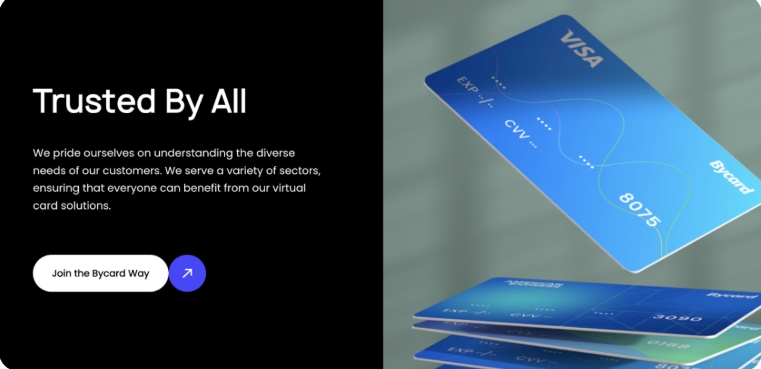
- Instant issuance
Create a card for each category or booking in seconds. - Merchant lock
Tie a card to airlines, hotels, or rideshare only. - Caps and expiry
Set daily and trip caps. End cards the day you fly home. - Real-time alerts
Get push alerts for first-time merchants, spikes, and declines. - Freeze and replace
Lock down in one tap. Create a new card and keep moving. - Clean exports
Pull a CSV or PDF with card names, amounts, and timestamps. Perfect for expense reports.
Conclusion
Virtual cards turn a trip travel budget into a clear, working plan. You set limits before you go, pay with the right card all week, and see every charge as it happens. The hotel holds it on the stay card, not the food budget. Refunds return to the booking card. If something looks wrong, you pause one card and keep traveling. Using local currency for payments and monitoring your travel budget in real time stops overspending before it happens. When you get home, a quick export closes the books in minutes. Virtual cards prevent overspending and keep your funds in control.


